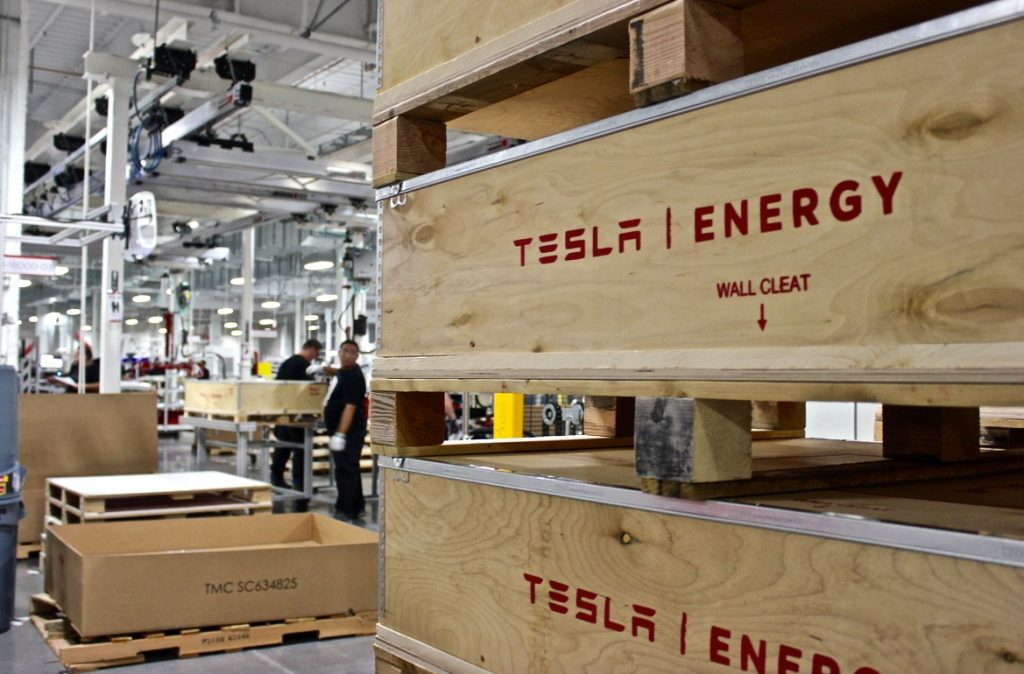Energy
Elon Musk’s vision for the world’s transition to sustainable energy
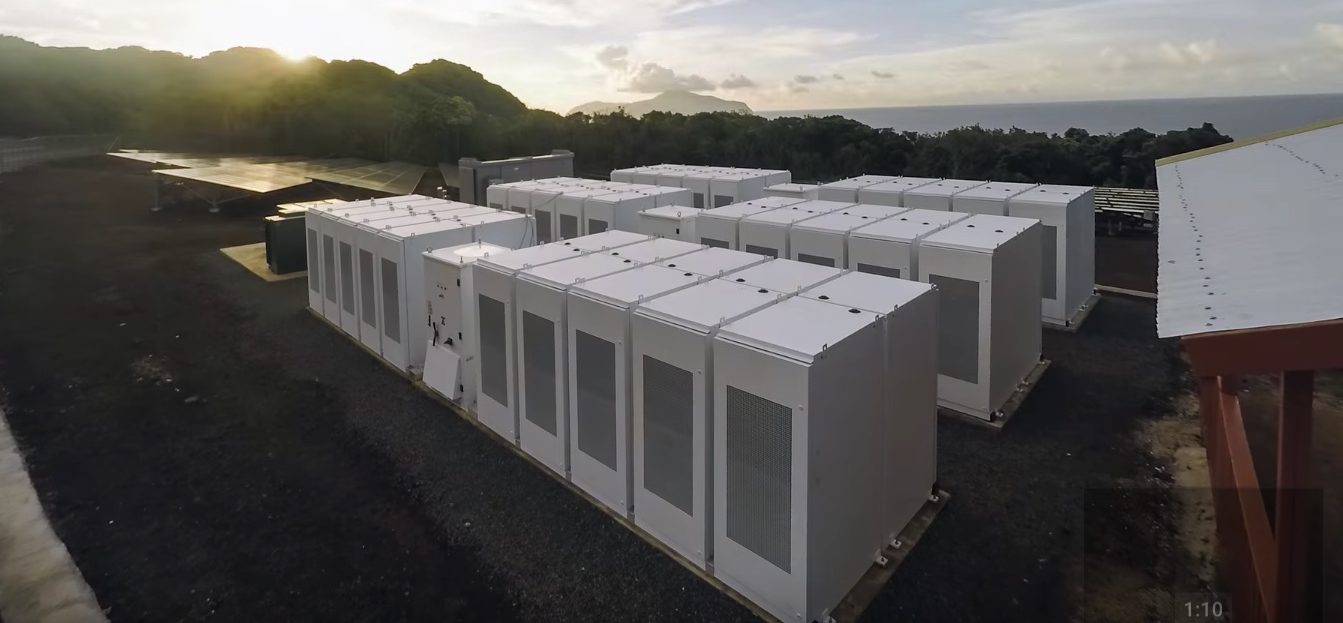
Energy is fundamental to economic systems and, indeed, to all life. Elon Musk has always insisted that Tesla’s ultimate purpose isn’t to build cars — it’s to help the world to transition away from reliance on fossil fuels and toward the embrace of sustainable energy sources. Tesla Inc.’s mission and vision statements reflect this nature in its expansive business model. Established in 2003, the company’s continued growth shows that the market is responding to the organization’s automotive and related products and its explicit vision for the world’s transition to sustainable energy.
Tesla’s recent rebranding, in which the word “Motors” was deleted from the company name, represents its full business network now. Sure, there’s certain to be a lot of upcoming attention devoted to the vehicle line with the Model 3 release but, also, its other two other major markets are growing fast: solar roofs and battery systems. Each of these Tesla businesses has contributed to making distributed energy desirable on a broader scale than ever before.
Musk has made it his personal and business mission to help build the public understand how that transition to a sustainable energy future can take place. As the general public grows more aware of the current climate crisis, Tesla’s capacity to push for clean technology as a familiar part of our transportation and energy sectors increases.
Sustainable energy was the foundation of Musk’s vision in his original Master Plan and Master Plan, Part Deux. In the first plan, he called Tesla a conduit “to help expedite the move from a mine-and-burn hydrocarbon economy towards a solar electric economy, which I believe to be the primary, but not exclusive, sustainable solution.” In the second installment, he spoke of a future life still being good through the necessity of achieving “a sustainable energy economy or we will run out of fossil fuels to burn and civilization will collapse.”
Instead of commodity supply and demand, Tesla will rely on technology to move markets toward that vision of a sustainable future. Yet any technological breakthrough takes lots of time and innovation, especially as decentralized energy systems break the high socioeconomic ceiling where it currently hovers.
Tesla as a renewable energy enterprise
Years ago, SolarCity agreed to sell its solar panels alongside Tesla’s Powerwall batteries. Now the two companies are one, and the battery system — including the larger-capacity commercial Powerpack —are powering residences, businesses, and even an island. Tesla’s Gigafactory in Nevada will likely change the battery industry, as it is scheduled to produce enough batteries to power nearly 500,000 vehicles annually by 2018. Musk says the whole point of the Gigafactory is to make batteries that can be used to store renewable energy like solar more affordable.
Through economies of scale, Tesla plans to reduce the per kilowatt hour (kWh) cost of its battery packs by 30%, according to the company website. Powerpack batteries hold the lowest-cost energy storage price on the market, lower even than those made by its partner Panasonic. “I’m not actually a fan of disruption for its own sake,” the CEO of Tesla said in 2015 at Edison Electric Institute’s (EEI) annual convention for investor-owned utilities in New Orleans. “I don’t think we should disrupt things unless it’s…fundamentally better for society,” he said. “I’m just a fan of things being better.” EEI leaders had concurred that they are “in the midst of a profound transition” as they, too, consider how to continue business viability while addressing anthropogenic climate change.
Utilities are the target audience for Tesla’s larger battery, the Powerpack, which now starts at 50 kilowatts/210 kilowatt-hours and scales up indefinitely. Tesla has solidified agreements to generate 80 megawatt-hours with Southern California Edison and 52 megawatt-hours with the Kauai Island Utility Cooperative. And other projects are on Tesla’ planning calendar.
“The solution is both local power generation and utility power generation — it’s not one or the other,” Musk has acknowledged. This is a major shift for distributed energy.
Tesla as a business role model for a sustainable future
A low-carbon, electrified world can be more than a Utopian goal, according to Musk. “The fossil fuel industry is the biggest industry in the world,” Musk tells DiCaprio in the film, Before the Flood. “They have more money and more influence than any other sector. The more that there can be as sort of popular uprising against that, the better, but I think the scientific fact of the matter is we are unavoidably headed towards some level of harm.”
Musk is setting an example for industries across the world with the Gigafactory and other segments of its business network. Tesla’s business model offers opportunities for both innovative businesses and a way to reduce high CO2 emissions, which are at a worldwide crisis level. Because so much of the capital stock and infrastructure of modern economic systems are based on fossil-fuel energy use, any transition from fossil fuel dependence will involve massive restructuring and new investment.
With Musk’s leadership, Tesla is constantly reimagining, realigning, and reinvesting in itself. Solar roofs can now be seamlessly integrated with Tesla battery storage. A future expanded vehicle product line will likely include heavy-duty trucks and large passenger transport vehicles; Tesla’s catalog keeps growing and recreating markets. He’s spoken about “true self-driving” vehicles that exceed manual driving safety capacity and a Tesla car sharing idea. While Musk pursues his goals to accelerate the world’s transition to sustainable energy, he’s also helping to make humanity a multi-planet civilization with SpaceX as the starting place to build a colony on Mars.
Each spoke in the Tesla wheel is either about resisting or adapting to a changing climate. The harmonious interconnections among a residential solar roof, an onsite Powerwall 2 battery system, a Tesla all-electric vehicle, and car charger are crucial to decentralized energy. Utopian? Maybe. But, with Musk’s track record of business successes, the pathway to energy independence and a sustainable energy global system may be clearer than one thinks.

Cybertruck
Tesla updates Cybertruck owners about key Powershare feature
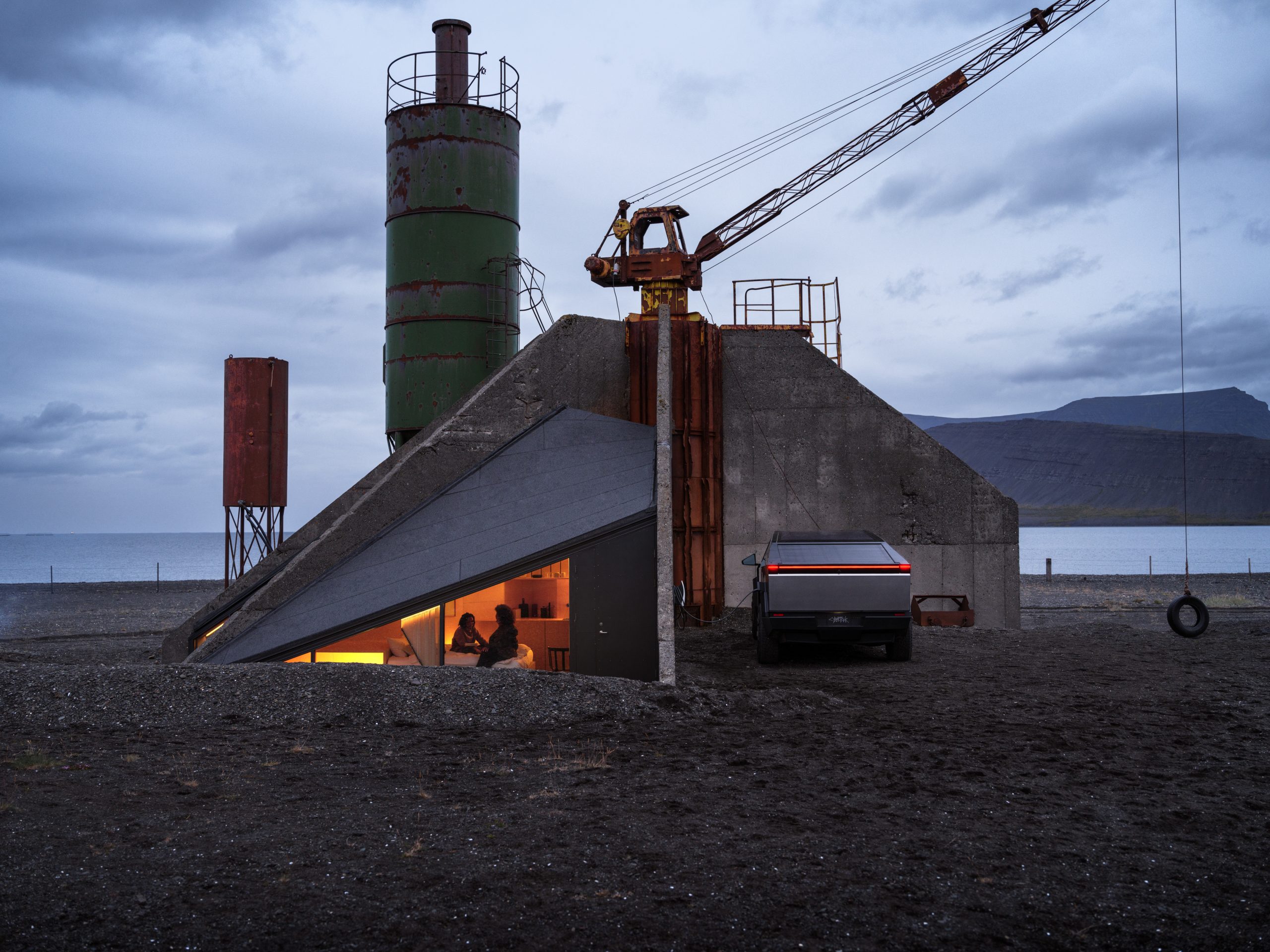
Tesla is updating Cybertruck owners on its timeline of a massive feature that has yet to ship: Powershare with Powerwall.
Powershare is a bidirectional charging feature exclusive to Cybertruck, which allows the vehicle’s battery to act as a portable power source for homes, appliances, tools, other EVs, and more. It was announced in late 2023 as part of Tesla’s push into vehicle-to-everything energy sharing, and acting as a giant portable charger is the main advantage, as it can provide backup power during outages.
Cybertruck’s Powershare system supports both vehicle-to-load (V2L) and vehicle-to-home (V2H), making it flexible and well-rounded for a variety of applications.
However, even though the feature was promised with Cybertruck, it has yet to be shipped to vehicles. Tesla communicated with owners through email recently regarding Powershare with Powerwall, which essentially has the pickup act as an extended battery.
Powerwall discharge would be prioritized before tapping into the truck’s larger pack.
However, Tesla is still working on getting the feature out to owners, an email said:
“We’re writing to let you know that the Powershare with Powerwall feature is still in development and is now scheduled for release in mid-2026.
This new release date gives us additional time to design and test this feature, ensuring its ability to communicate and optimize energy sharing between your vehicle and many configurations and generations of Powerwall. We are also using this time to develop additional Powershare features that will help us continue to accelerate the world’s transition to sustainable energy.”
Owners have expressed some real disappointment in Tesla’s continuous delays in releasing the feature, as it was expected to be released by late 2024, but now has been pushed back several times to mid-2026, according to the email.
Foundation Series Cybertruck buyers paid extra, expecting the feature to be rolled out with their vehicle upon pickup.
Cybertruck’s Lead Engineer, Wes Morrill, even commented on the holdup:
As a Cybertruck owner who also has Powerwall, I empathize with the disappointed comments.
To their credit, the team has delivered powershare functionality to Cybertruck customers who otherwise have no backup with development of the powershare gateway. As well as those with solar…
— Wes (@wmorrill3) December 12, 2025
He said that “it turned out to be much harder than anticipated to make powershare work seamlessly with existing Powerwalls through existing wall connectors. Two grid-forming devices need to negotiate who will form and who will follow, depending on the state of charge of each, and they need to do this without a network and through multiple generations of hardware, and test and validate this process through rigorous certifications to ensure grid safety.”
It’s nice to see the transparency, but it is justified for some Cybertruck owners to feel like they’ve been bait-and-switched.
Energy
Tesla starts hiring efforts for Texas Megafactory
Tesla’s Brookshire site is expected to produce 10,000 Megapacks annually, equal to 40 gigawatt hours of energy storage.
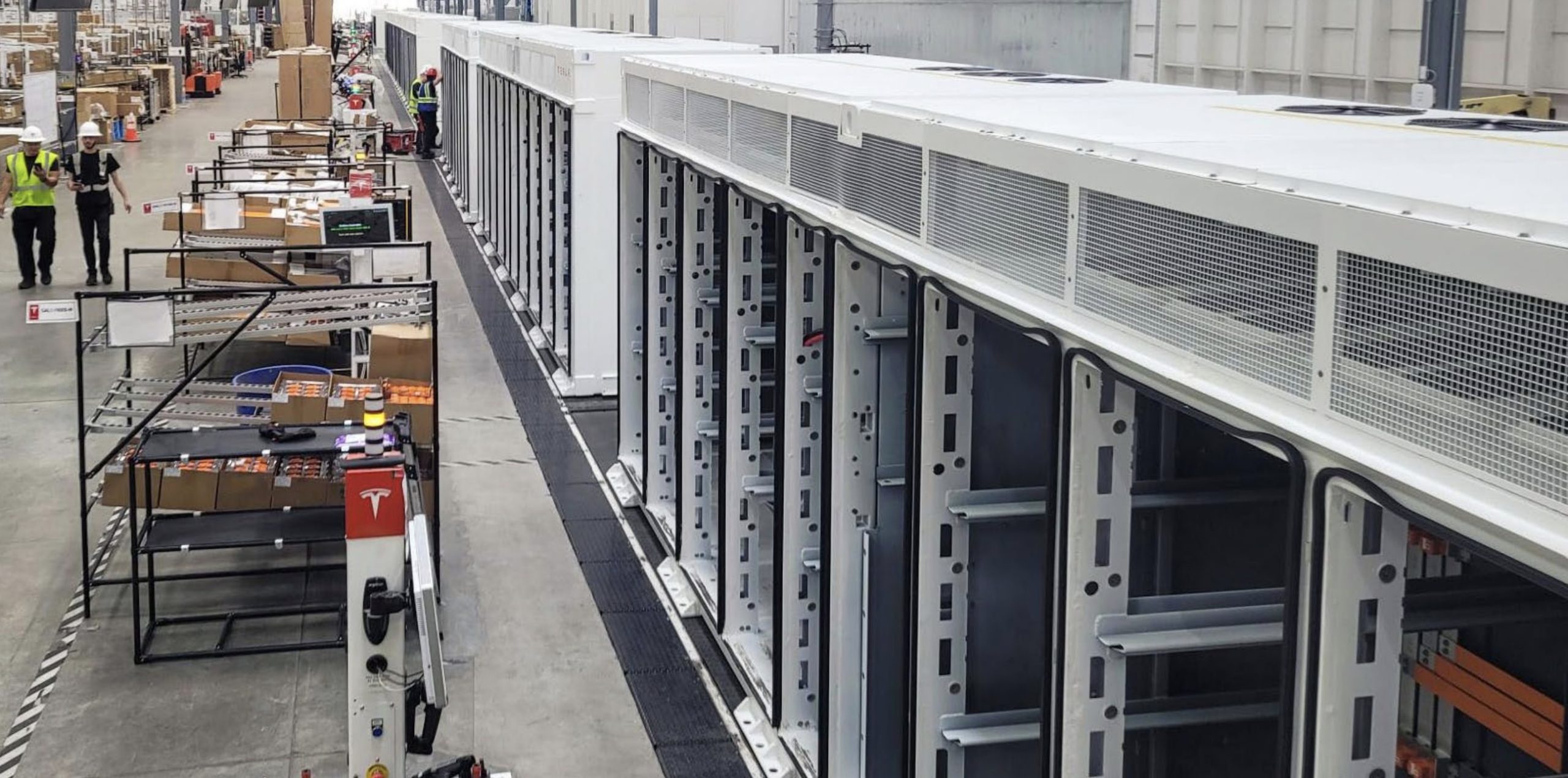
Tesla has officially begun hiring for its new $200 million Megafactory in Brookshire, Texas, a manufacturing hub expected to employ 1,500 people by 2028. The facility, which will build Tesla’s grid-scale Megapack batteries, is part of the company’s growing energy storage footprint.
Tesla’s hiring efforts for the Texas Megafactory are hinted at by the job openings currently active on the company’s Careers website.
Tesla’s Texas Megafactory
Tesla’s Brookshire site is expected to produce 10,000 Megapacks annually, equal to 40 gigawatt hours of energy storage, similar to the Lathrop Megafactory in California. Tesla’s Careers website currently lists over 30 job openings for the site, from engineers, welders, and project managers. Each of the openings is listed for Brookshire, Texas.
The company has leased two buildings in Empire West Business Park, with over $194 million in combined property and equipment investment. Tesla’s agreement with Waller County includes a 60% property tax abatement, contingent on meeting employment benchmarks: 375 jobs by 2026, 750 by 2027, and 1,500 by 2028, as noted in a report from the Houston Business Journal. Tesla is required to employ at least 1,500 workers in the facility through the rest of the 10-year abatement period.
Tesla’s clean energy boom
City officials have stated that Tesla’s arrival marks a turning point for the Texas city, as it highlights a shift from logistics to advanced clean energy manufacturing. Ramiro Bautista from Brookshire’s economic development office, highlighted this in a comment to the Journal.
“(Tesla) has great-paying jobs. Not just that, but the advanced manufacturing (and) clean energy is coming to the area,” he said. “So it’s not just your normal logistics manufacturing. This is advanced manufacturing coming to this area, and this brings a different type of job and investment into the local economy.”
Energy
Tesla and Samsung SDI in talks over new US battery storage deal: report
The update was related by industry sources and initially reported by South Korean news outlets.
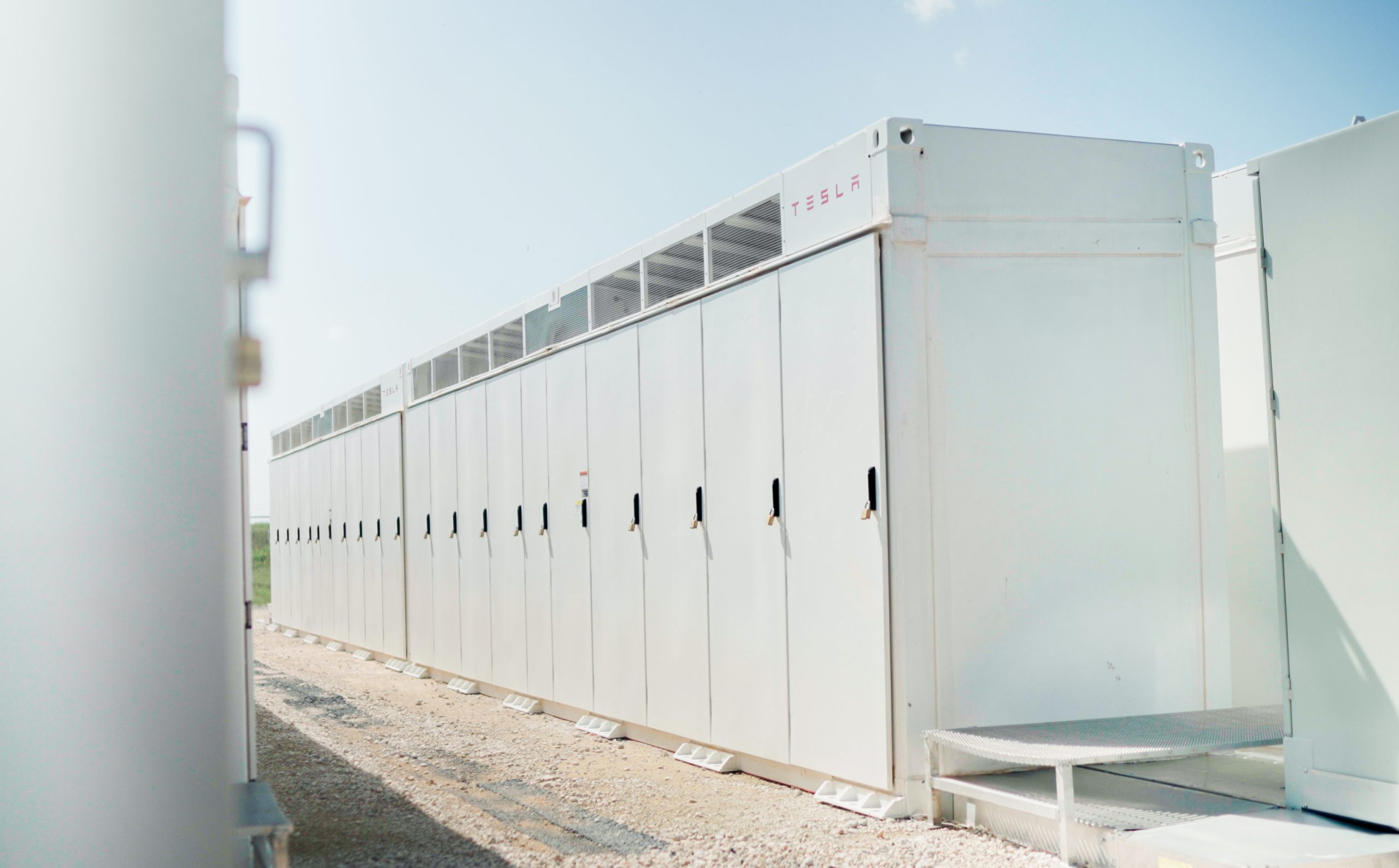
Recent reports have suggested that Tesla and Samsung SDI are in talks over a potential partnership to supply batteries for large-scale energy storage systems (ESS).
The update was related by industry sources and initially reported by South Korean news outlets.
ESS batteries to be built at Samsung’s Indiana plant
As noted in a report from Korea JoongAng Daily, the demand for energy storage systems has been growing rapidly in North America, thanks in no small part to the surge in AI investments across numerous companies. With this in mind, Tesla has reportedly approached Samsung SDI about a potential battery supply deal.
The deal is reportedly worth over 3 trillion Korean won (approximately $2.11 billion) and will span three years, according to The Korea Global Economic Daily. A battery supply deal with Samsung SDI could make sense for Tesla as the company already has a grid-scale battery, the Megapack, which is perfect for industrial use. Samsung SDI could simply supply cells for the EV maker.
Production of the batteries would reportedly take place at Samsung SDI’s joint venture factory with Stellantis in Indiana, which is currently under construction. Samsung SDI recently announced plans to use part of that plant’s EV lines to produce cells for ESS, with a targeted capacity of 30 GWh by the end of next year.
Tesla and Samsung’s partnership
At present, only a handful of manufacturers, including Korea’s LG Energy Solution, Samsung SDI, SK On, and Japan’s Panasonic, are capable of producing energy storage-scale batteries domestically in the United States. A Samsung SDI official issued a comment about the matter, stating, “Nothing has been finalized regarding cooperation with Tesla.”
The possible energy storage system deal adds another layer to Tesla’s growing collaboration with Samsung, which is already in line as a partner in the upcoming production of Tesla’s AI5 and AI6 chips. Early sample manufacturing of the AI6 is expected to begin in South Korea, with mass production slated for Samsung’s Texas-based Taylor foundry when it starts operations.
The AI6 chip will power Tesla’s next wave of high-volume projects, including the Optimus humanoid robot and the autonomous Cybercab service. Musk has called the partnership with Samsung a “real collaboration,” adding that he personally plans to “walk the line” at the Taylor facility to speed up progress.
